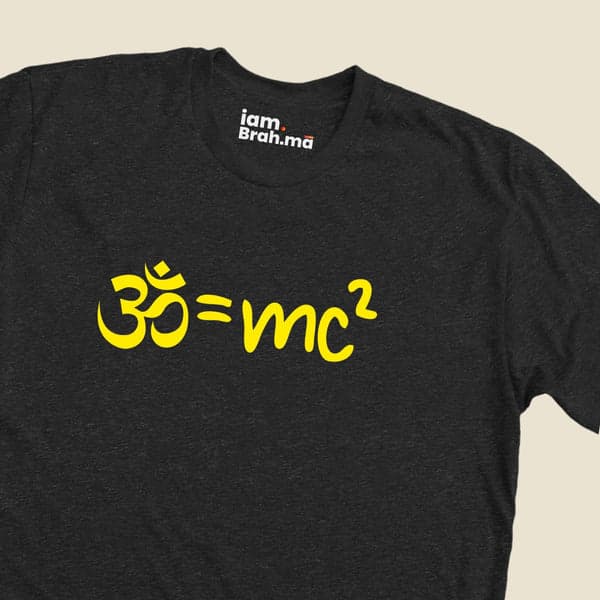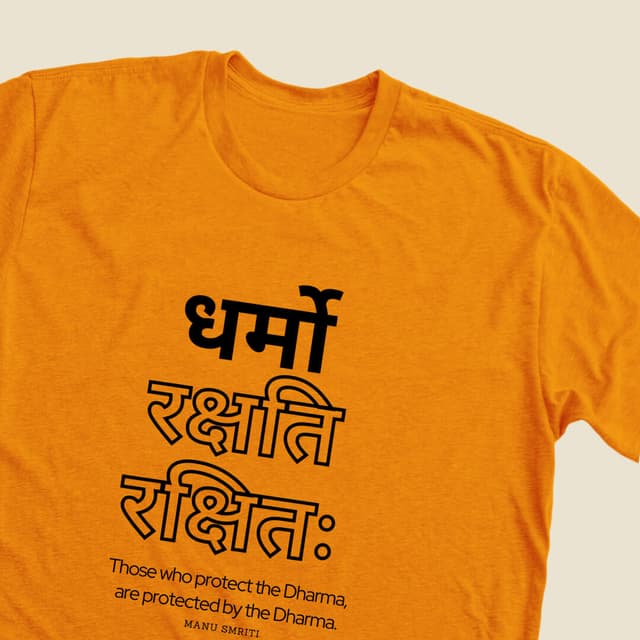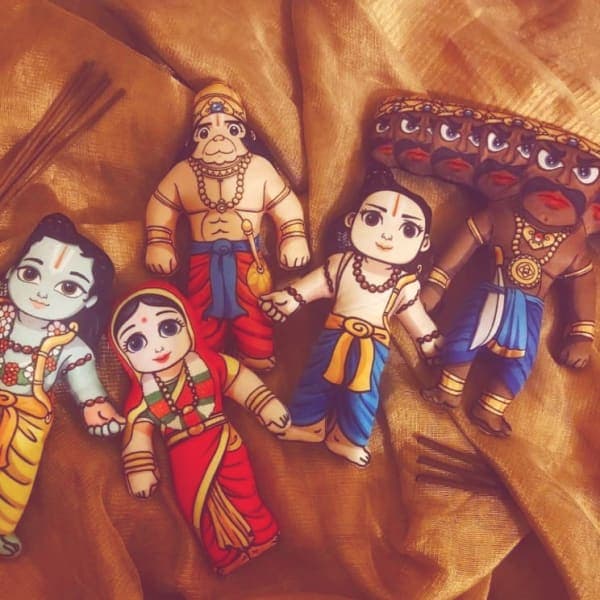Sanatan Dharma
What is Sanatan Dharma?
Sanatana Dharma is the actual name of what is presently called Hinduism or Hindu Dharma. The initial word for the now-so-called Hindus is Sanatan. The term Hindu is believed to not arise in the Hindu scriptures, viz, Vedas, Upanishads, and Puranas. The modern Hindus are believers of and approve of the importance of the explained scriptures, thus, they are more accurately specified as Sanatanis.
ComponentContentVideos
What is Hinduism? How it is different from Sanatan Dharma?
The words Hindu and Hinduism are supposed to be very recent discoveries, while the more precise name is Sanatana Dharma. It is a code of ethics, a way of living through which one may attain moksha (enlightenment, liberation). It is the world’s most ancient culture and the socio, spiritual, and sacred tradition of nearly one billion of the earth’s people. Sanatana Dharma exemplifies much more than just a belief; rather, it empowers its believers with an entire worldview, way of life and a coherent and practical view of reality. People who adopted this way of life now is known as Hindus.
Books on Sanatan Dharma
What are the two terms "Sanatan" and "Dharma" stands for?

Sanatana Dharma is by its very significance a term that is empty of sectarian leanings or idealistic divisions. This is obvious by the very term itself. The two phrases, “Sanatana Dharma”, come from the ancient Sanskrit language. “Sanatana” is a Sanskrit word that signifies that which is Anadi (beginningless), Anantha (endless) and does not cease to be, that which is everlasting and eternal. With its affluent meanings, Dharma is not definable to any other language. Dharma is from the connotation to hold together, to maintain. Its rough meaning is “Natural Law,” or those beliefs of reality and existence that are intrinsic in the very nature and design of the universe. Thus the term Sanatana Dharma can be roughly interpreted to mean “the natural, ancient and eternal way.”
When was Sanatan Dharma first mentioned?
First and foremost, Sanatana Dharma is anadi (without beginning) and a-paurusheya (without a human founder). It is interpreted by the journey for cosmic truth, just as the journey for material truth defines science. Its earliest record is the Rigved, which is the history of ancient sages who by whatever means attempted to learn the truth about the universe, in relation to Man’s place in the cosmos. They saw nature — comprising all living and non-living things — as part of the same cosmic equation, and as permeated by a higher consciousness. This exploration has no historical beginning; nor does it have a historical founder. This is not to explain that the Rigveda always survived as a literary work. It means that we cannot point to a specific time or person in history and say: “Before this man spoke, what is in the Rigveda did not exist.”
Types of Vedas?
With the mention of Rig Veda, it is time to get to know about the all types of Vedas.
Parts of Vedas
Each Vedas are divided into four parts.
What is the nature of Sanatan Dharma?
By its nature, Sanatana Dharma is God-centered rather than prophet-centered. Experience based rather than belief based. Beyond any historical date of founding. The process of growth, which comes from the seed. Inherent in, and inclusive of all. In the world, while above the world. Both immanent and transcendent. The whole and the parts. Loving all and excluding none.
ComponentContentVideos
What are the Basic Principles of Sanatan Dharma?
Sanatana Dharma acknowledges that the greater part of human spiritual aspiration has always been unknown, undefined, and outside of any institutionalized belief. The universal cycle of Dharma, regardless of what name you call it, whether Dharma or some other word, has always existed. It has been before any of the great scholars were born. It is not better than, or alternative to, but is comprehensive of all. Dharma is that out of which our earth and humanity itself emerged. Dharma not only is, but always was, and always will be. To live in alignment with, and to know the true essence of Sanatana Dharma is one of the ways of interpreting the higher goal of life.
How is Santan Dharma connected to the concept of Liberation?
Sanatan Dharma brings the use of yoga as the means to attain moksha (God-realization). Yoga has been mistakenly interpreted as “union”. It does mean “union”, but that is an inadequate definition because it incorporates so much more. Yoga is the union with Brahman (Absolute God). Yoga is also the means to achieve union with Brahman. Thus, the word yoga is not just a statement of union, but it incorporates the experience of liberation.
- Sadhguru
...











